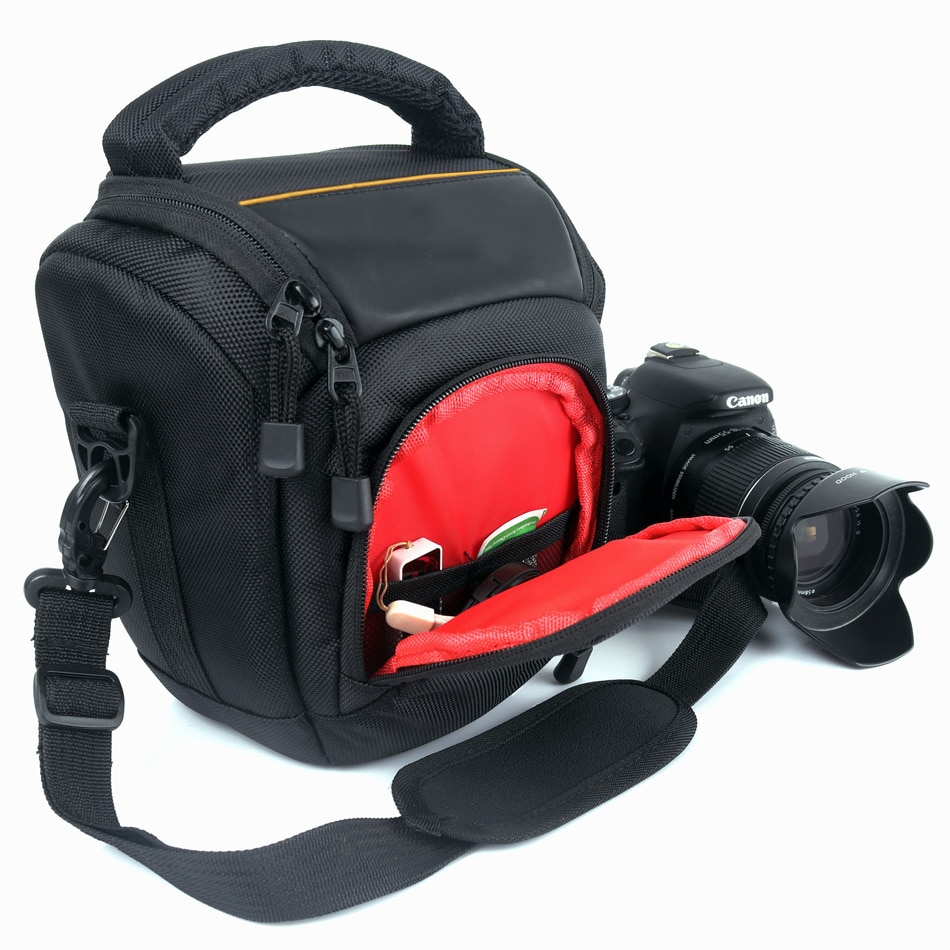

If you regularly mail-order film, you may be able to get your mail-order house to ship film to your lodgings be sure to call ahead to your hotel to make sure they can receive packages for guests.

Do a little Googling and be sure to call or email ahead to make sure local stores have adequate stock of your film(s) of choice. If you’re traveling to a large city, you may be able to buy film locally.
Camerabag cinema review iso#
And if you’re bringing along film faster than ISO 400, we recommend carrying it on board (this goes for all film, actually) and requesting a “hand inspection” at security. It’s worth noting, though, higher-speed films are more susceptible to the negative effects of airport X-rays. (Be sure to note which rolls need pushing!) Another option is to shoot ISO 400 or 800 film at 1600 and push-process it. For indoor photography, many filmies pack some ultra-high-speed film (such as Delta 3200 or T-Max 3200) or a flash. If we’re expecting inclement weather, we up the proportion of faster film. If it’s bright and sunny, we’ll pack mostly ISO 100 film with a couple of rolls of ISO 400 in case the clouds roll in. It’s a good idea to check the weather conditions at your destination to help determine what speed film you’ll need. Related: Going back to film? Here’s what’s changed It’s best to stick with films you know and love, rather than trying out new stocks while traveling. Our recommendation is to experiment at home and travel with film you know. We’ve experimented with unfamiliar emulsions while traveling, only to get home and find that new-to-us film didn’t give us the look we were looking for.

What kind of film should you bring? We prefer to stick to film stocks we know and like.

If you’re traveling with film, you’ll want to take plenty with you running out of film on a trip is never fun. This is particularly tricky with regards to air travel, which we’ll cover in Part 2 of this series. Not so today, so modern film photographers will most likely be carrying both new and exposed-but-unprocessed rolls. Traveling with film: What film to bringīack in the day, no matter where you were headed, you could almost always find film-and often good-quality processing-at your destination. If you’re facing that once-in-a-lifetime photo opportunity, there’s nothing wrong with snapping an extra shot on your phone or a digital camera, just in case. However, there’s nothing wrong with doing what our film-only forbears couldn’t, which is to use modern technology as a backup. There’s also the potential for damage or mistakes in processing.ĭoes this mean you should avoid film photography for travel? Absolutely not! Film gives its own special look to travel photos and we wouldn’t miss that for the world. Unseen camera faults and mistakes in technique and/or handling can cause problems with your photographs, and unlike digital, you may not realize your photos didn’t come out until you get home. We love film and hate to speak ill of it, but the truth is that shooting travel photography on analog is not a sure thing. For this first part, we’ll discuss some general guidelines, including cautions about traveling with film and what you should bring on your trip. In this three-part series, we’ll cover the specifics of traveling with film by air as well as traveling with film by land and sea. Today, the rise of digital photography and changes in transportation security make traveling with film gear more of a challenge. There was a time when traveling with film cameras was a no-brainer: Nearly all cameras used film, and you’d find all the support you needed almost anywhere you went.


 0 kommentar(er)
0 kommentar(er)
